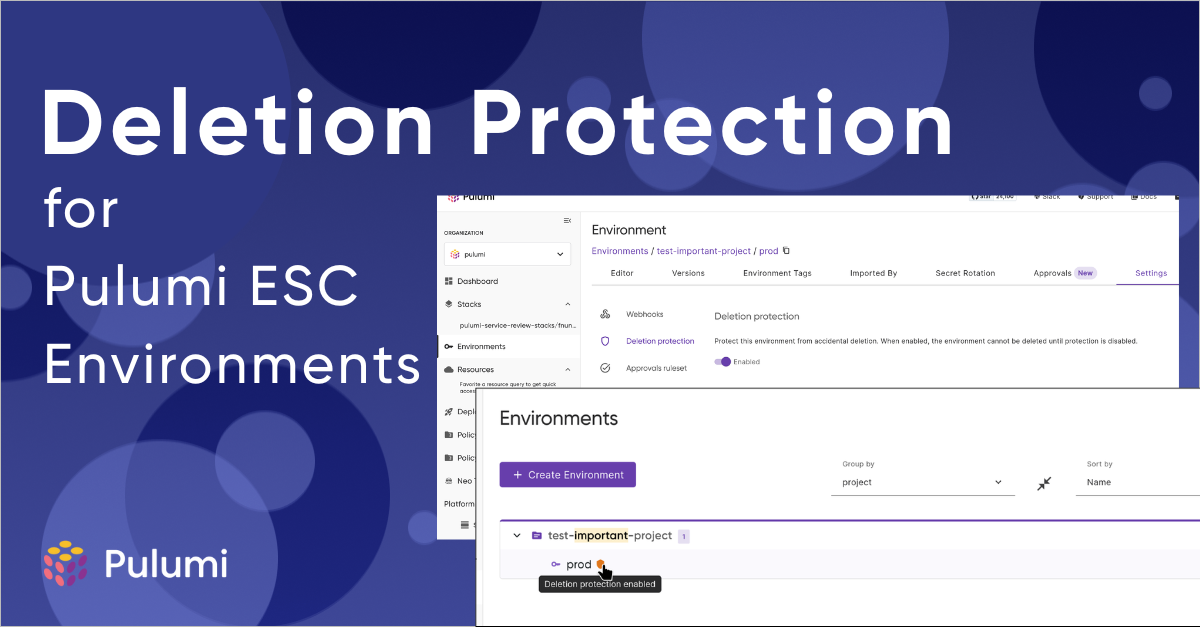New Audit Policy Scans for Pulumi Stacks

Audit Policy Scans for Pulumi Stacks is part of the next generation of Pulumi Policies. This capability uses policies to run compliance checks against the last successful deployment state of your stacks, providing continuous compliance monitoring without impacting your existing CI/CD workflows.
Until now, Pulumi’s preventative policies have served as a critical “shift-left” gate, blocking non-compliant changes during pulumi up. While essential, this created challenges for organizations wanting to roll out new governance across thousands of existing stacks. This new evaluation mode solves that problem, giving you a complete and continuous view of your IaC compliance posture without the friction.






















